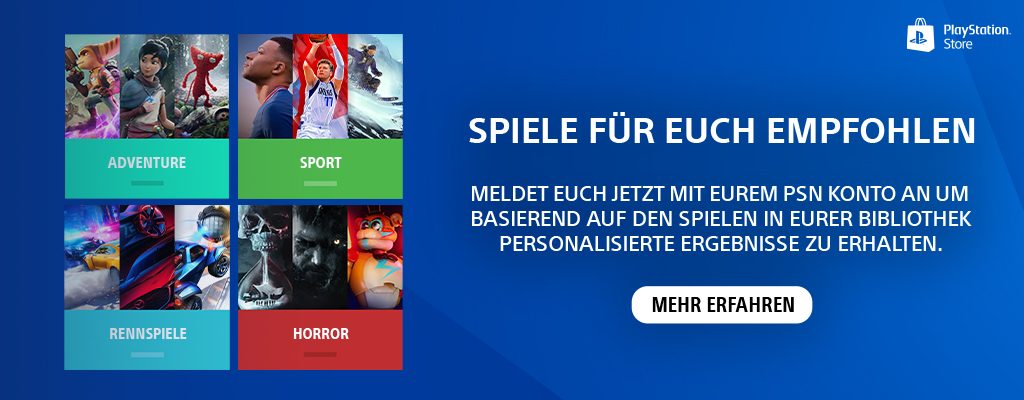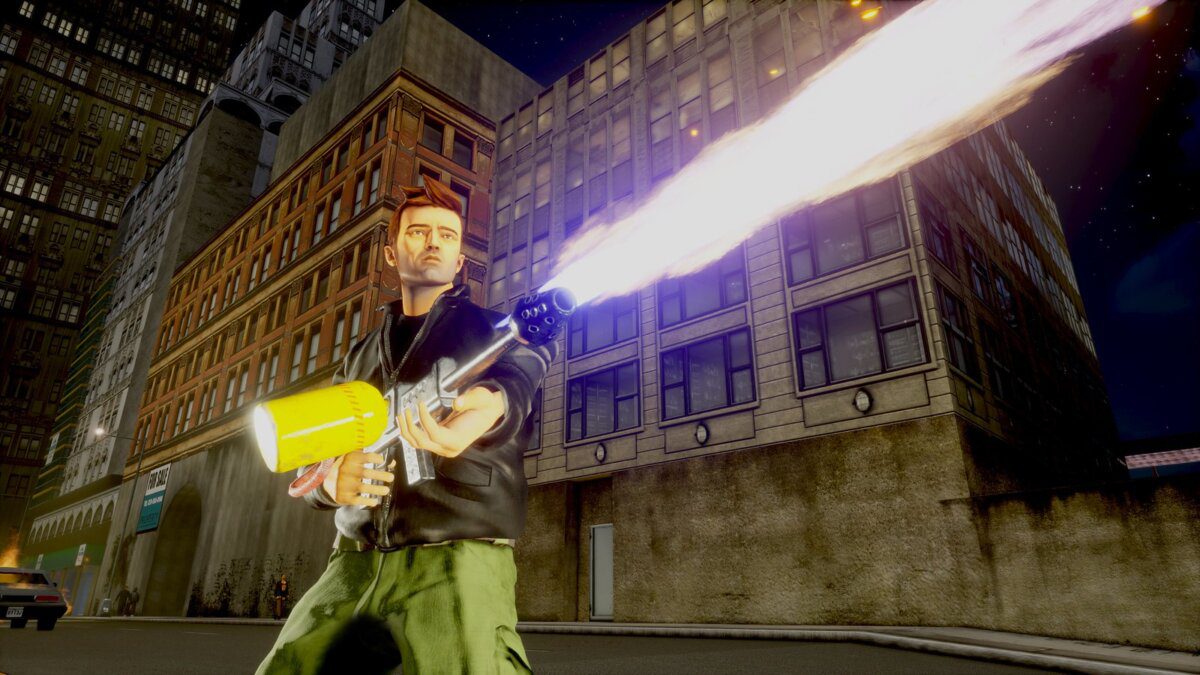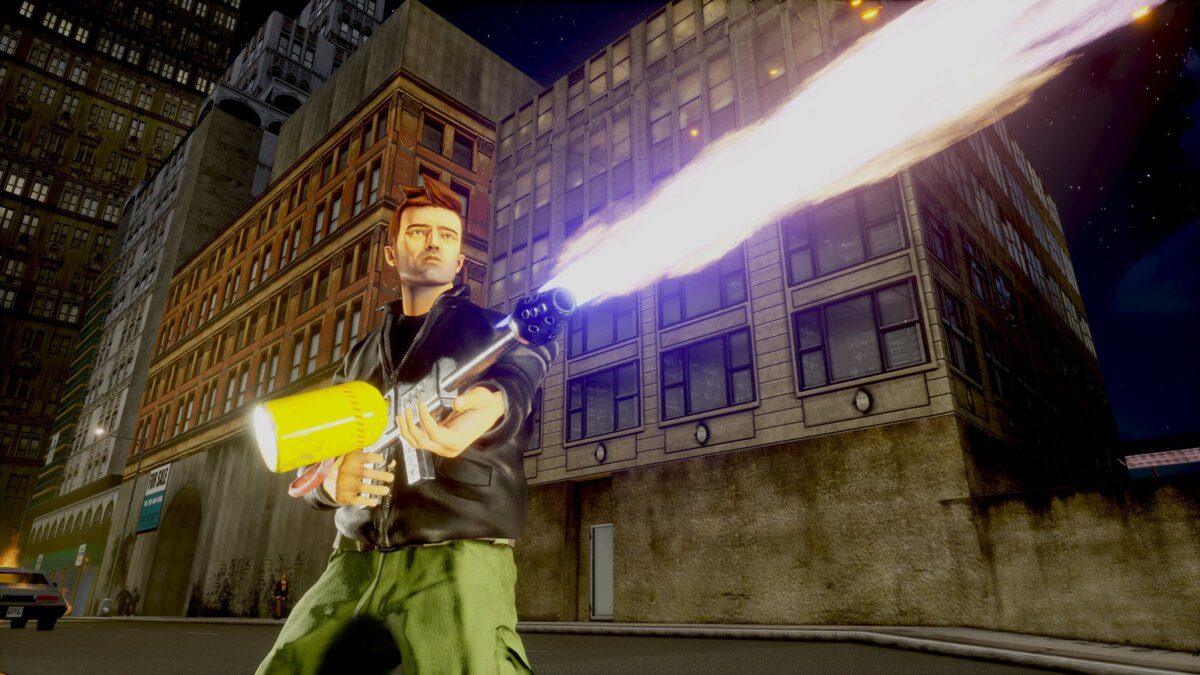Schlagwort: arkane lyon
-

Deathloop update includes new accessibility options, photo mode, and more
Reading Time: 5 minutesDeathloop’s third major update is available today on PlayStation 5! Game Update 3 introduces a brand-new Photo Mode, added accessibility options, unique PlayStation 5 avatars and more, all for free. Read on for highlights on Photo Mode and the new accessibility options, with insights from members of the team at Arkane Lyon. …
-

Das neue Deathloop-Update bringt neue Barrierefreiheit-Optionen, einen Fotomodus und mehr
Reading Time: 5 minutesDas dritte große Update für Deathloop ist jetzt auf PlayStation 5 erhältlich! Das Game Update 3 bringt den brandneuen Fotomodus, zusätzliche Barrierefreiheit-Optionen, einzigartige PlayStation 5-Avatare und mehr – und das völlig gratis. Lest weiter, um mehr über die Höhepunkte des Fotomodus und der neuen Barrierefreiheit-Optionen zu erfahren, mit Hintergrund-Infos vom Team von…
-

GTA III turns 20: Memories from PlayStation Studios and other top developers
Reading Time: 7 minutesWhere were you when Grand Theft Auto III launched in October 2001? I was standing in a GameStop, perusing the new PS2 releases, when it caught my eye. Following a hearty recommendation from the store manager, I bought the game and took it home. The rest is history. Twenty years later, it’s…
-

GTA III wird 20: Erinnerungen der PlayStation Studios und anderer großer Entwickler
Reading Time: 7 minutesWo wart ihr, als Grand Theft Auto III im Oktober 2001 erschien? Ich stand in einem GameStop und schaute mir die PS2-Neuerscheinungen an, als es mir ins Auge sprang. Auf nachdrückliche Empfehlung des Store-Managers kaufte ich das Spiel und nahm es mit nach Hause. Der Rest ist Geschichte. Zwanzig Jahre später ist…
-

Arkane’s favorite Deathloop loadouts: create your perfect Colt with these character builds
Reading Time: 5 minutesEvery day is a party on the island of Blackreef – except it’s the same party. Every. Single. Day. Blackreef is a place you can be free – as long as your version of freedom means no chance of ever escaping. Blackreef lets you be yourself – unless “yourself” is someone who…
-

Die Lieblingsausrüstung von Arkane in Deathloop: Erschafft mit diesen Charakter-Builds euren perfekten Colt
Reading Time: 5 minutesJeder Tag auf der Insel Blackreef ist eine einzige Party – allerdings immer dieselbe. Jeder. Einzelne. Tag. Blackreef ist ein Ort, an dem ihr frei sein könnt – solange eure Vorstellung von Freiheit mit der Tatsache vereinbar ist, dass ihr keine Chance habt, jemals zu entkommen. Auf Blackreef könnt ihr ganz ihr…
-

Designing Deathloop’s Colt & Julianna
Reading Time: 6 minutesMany aspects of Deathloop have gone through changes since we started this project, but through this entire process, we’ve had our main characters, Colt and Julianna, to serve as our guiding lights. From the earliest stages of the development, we knew who we wanted them to be and how we wanted them…
-

Das Design von Colt und Julianna aus Deathloop
Reading Time: 6 minutesIm Laufe der Entwicklung hat sich Deathloop natürlich verändert, aber während des gesamten Prozesses dienten unsere zwei Hauptcharaktere, Colt und Julianna, als roter Faden, an dem wir uns langhangeln konnten. Schon ganz am Anfang war uns klar, wer die beiden sind und wie wir sie agieren und aufeinander reagieren lassen wollen. Wir…
-

Hack Into Wolfenstein: Cyberpilot, Available in PS VR Tomorrow
Reading Time: 6 minutesRampage through the streets of Paris from the comfort of your PlayStation VR headset as you take on Nazis in Wolfenstein: Cyberpilot. This marks the series’ first foray into virtual reality, and it’s borne from a collaboration between MachineGames and Arkane Lyon, who partnered to ensure the experience is smooth, immersive, and…



